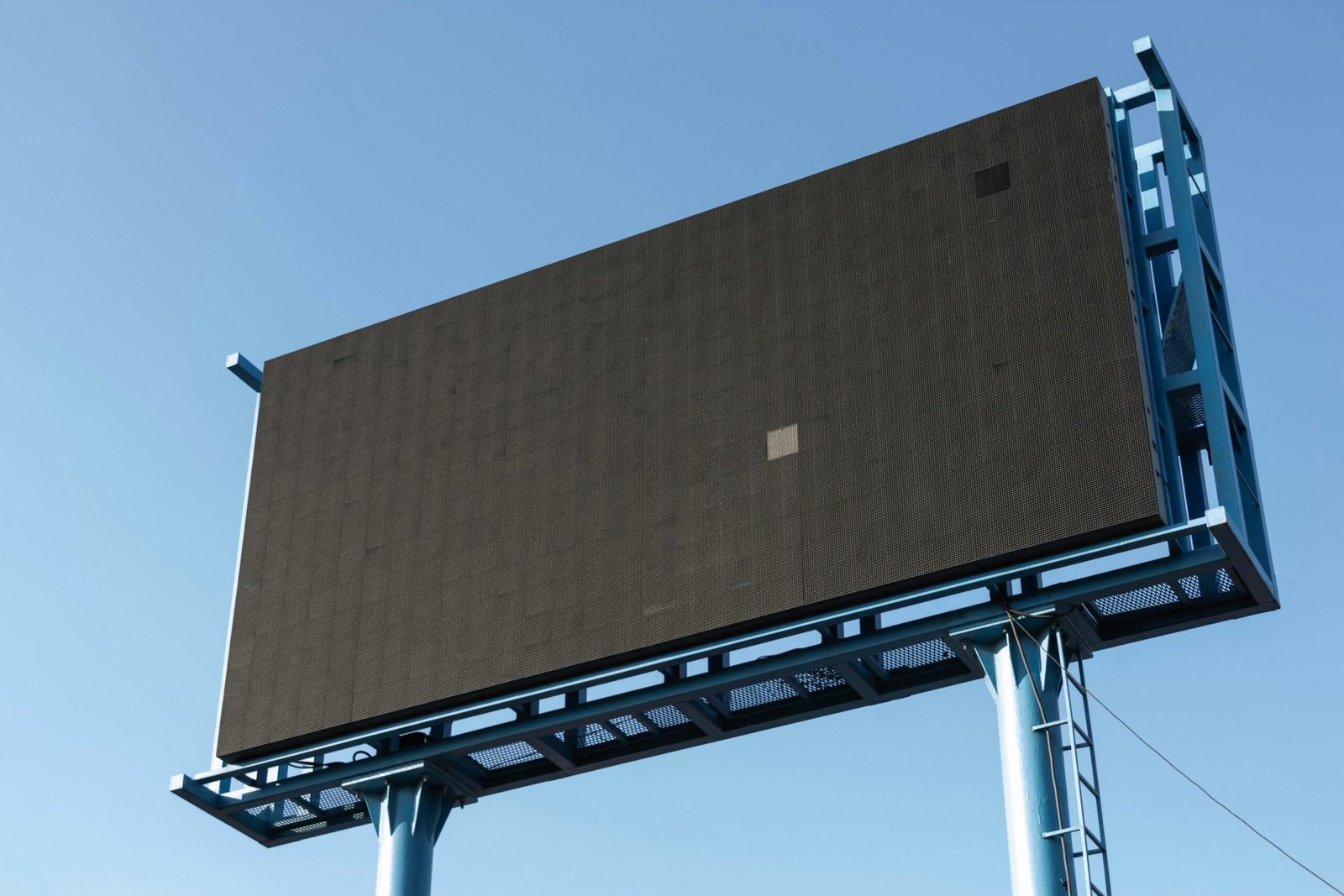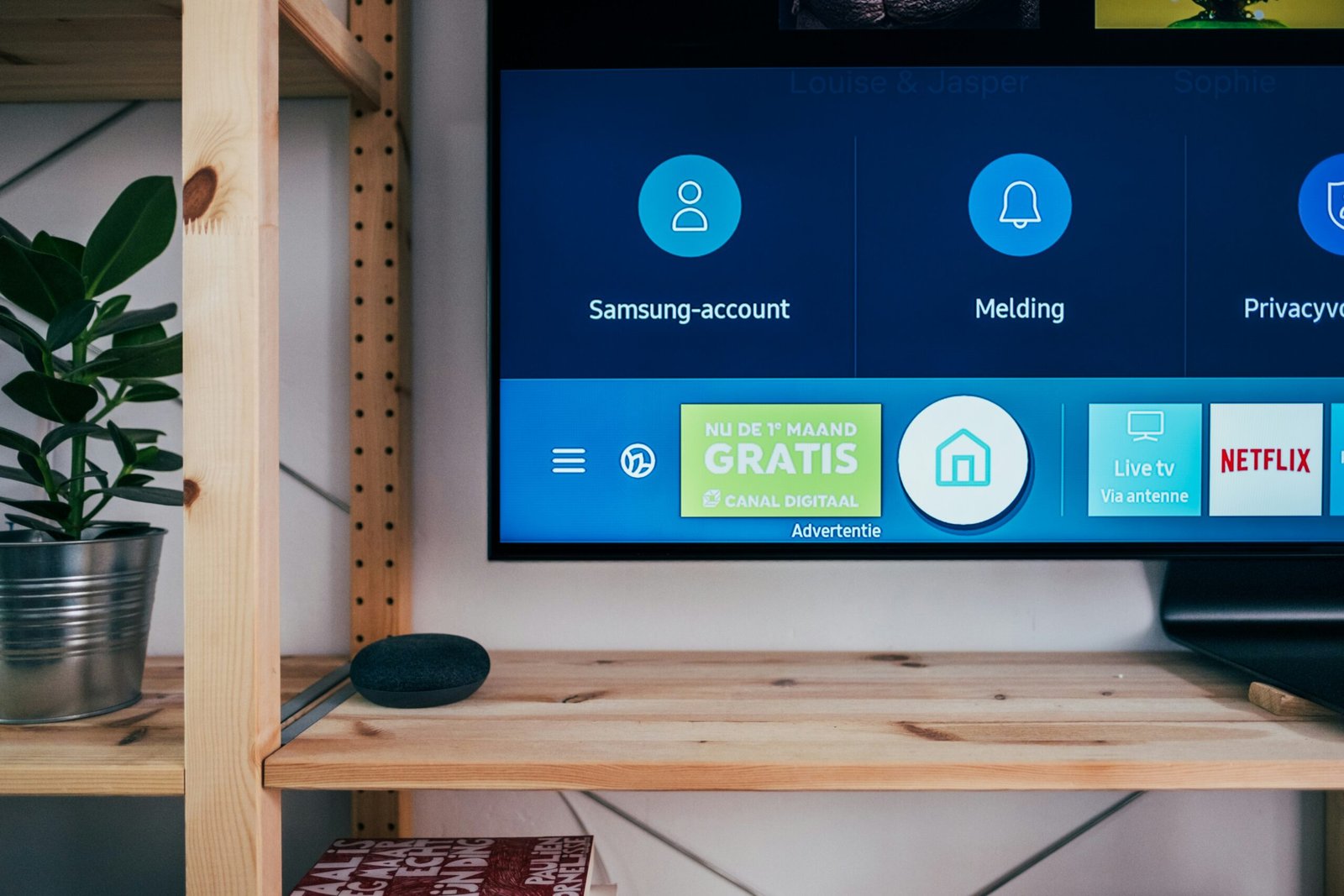Understanding the Factors That Can Damage an LCD Screen
Physical Damage
Physical damage represents one of the primary threats to the integrity and functionality of an LCD screen. This type of damage can occur through several mechanisms, each with its own unique set of consequences. For instance, impacts from accidental drops or knocks can lead to the breakage of the delicate layers within the LCD panel. Even minor impacts can cause issues such as dead pixels, where certain areas of the screen fail to display any image, impacting display quality and user experience.
In addition to impacts, pressure damage from heavy objects placed on the screen can have severe repercussions. The LCD screen is not designed to bear significant weight, and undue pressure can lead to the deformation of liquid crystal cells. Distortions and anomalies like lines across the screen or blotchy areas of discoloration are common outcomes of such abuse. In severe cases, the entire screen can go black, rendering the device unusable and necessitating costly repairs or replacements.
Scratches from sharp objects are another typical cause of physical damage to LCD screens. While modern screens often come with protective coatings, these layers can only withstand so much before the underlying display starts to suffer. Scratches can disrupt the screen’s ability to project a clear and cohesive image, leading to visual disturbances that greatly diminish the viewing experience. In addition, scratches can pave the way for additional damage, such as cracks or spreading lines, which further compromise the screen’s functionality.
Overall, the sensitivity of LCD screens to physical damage underscores the need for careful handling and protection. From simple preventative measures like using screen protectors to avoiding heavy impacts and pressure, ensuring the longevity and performance of an LCD screen involves a conscious effort to minimize exposure to physical risks.
Environmental Factors
Environmental conditions play a significant role in the longevity and performance of LCD screens. Extreme temperatures, humidity, and exposure to direct sunlight can severely impact the functionality and lifespan of these displays. Understanding these factors is crucial for mitigating risks and ensuring optimal screen performance.
Extreme temperatures, both hot and cold, can cause serious damage to an LCD screen. High temperatures can lead to overheating, which may result in pixel burn, discoloration, and even permanent damage to the liquid crystal display. Conversely, low temperatures can cause the liquid crystals to freeze, making the screen inoperable or sluggish until it returns to a stable temperature range.
Humidity is another critical environmental factor that can affect LCD screens. Excessive moisture in the air can lead to condensation inside the screen. This is particularly problematic because condensation can cause short circuits, leading to malfunction or complete failure of the device. Prolonged exposure to high humidity can also cause corrosion of internal components, further degrading the screen’s performance over time.
Direct exposure to sunlight and UV rays is particularly detrimental to LCD screens. Ultraviolet radiation can break down the organic materials and polarizers within the display, resulting in color fading and reduced contrast. Additionally, prolonged sun exposure can cause the screen to overheat, exacerbating the damage caused by high temperatures.
To mitigate these environmental risks, it is advisable to keep LCD screens in controlled environments. Avoid placing screens in areas prone to temperature extremes or high humidity. Use protective screen covers to shield against direct sunlight and UV rays. If condensation is a concern, consider using a dehumidifier in the vicinity of the devices. Furthermore, regular maintenance and monitoring can preemptively identify and address any environmental stressors that may impact the screen’s performance.
Electrical Damage
Electrical damage is a significant concern for maintaining the longevity and functionality of an LCD screen. Several electrical issues can harm an LCD screen, including power surges, static electricity, and improper voltage supply. Understanding these potential hazards can help users take preventive measures to protect their devices.
A power surge, often resulting from lightning strikes or erratic electrical supply, can send a sudden spike of voltage through the LCD screen, overwhelming its components. This can lead to burnt-out pixels, where tiny dots on the screen fail to illuminate, resulting in unsightly black spots. In more severe cases, a power surge can also cause backlight failure, rendering the screen dark and unusable.
Static electricity, another common issue, can accumulate on the screen or internal components. This static can discharge suddenly, potentially damaging the delicate circuitry within the LCD. While modern screens are designed to resist minor static charges, significant discharges can still pose a risk, leading to irreversible damage to the screen’s internal mechanisms.
Improper voltage supply, whether too high or too low, can likewise be detrimental to an LCD screen. Providing voltage outside the recommended range can strain the screen’s power circuitry, causing overheating and eventual failure of the internal circuit board. This underscores the importance of adhering to the manufacturer’s specifications regarding power supply.
To mitigate these risks, it is crucial to use surge protectors, which can absorb excess voltage and prevent it from reaching the LCD screen. Additionally, employing a stable, appropriate power source can help maintain the proper voltage levels required for the screen’s operation. By taking such measures, users can significantly reduce the risk of electrical damage, thereby extending the lifespan and performance of their LCD screens.
User Handling and Maintenance Issues
Improper handling and lack of routine maintenance are significant factors contributing to LCD screen damage. One of the most common mistakes users make is the application of inappropriate cleaning methods. Utilizing harsh chemicals or abrasive cleaners can cause irreparable harm to the sensitive screen surface. It’s imperative to avoid products containing ammonia or alcohol, as these substances can degrade the protective coating, leading to discoloration or reduced clarity.
Equally important is the manner in which the screen is cleaned. Using rough or fibrous materials, such as paper towels or generic cloths, can result in scratches and blemishes. Instead, microfiber cloths are recommended due to their gentle and effective nature. For safe cleaning, slightly dampened microfiber cloths should be used with gentle, circular motions to ensure complete removal of smudges without damage.
Another routine maintenance aspect often neglected is the regular inspection of the screen and its components, including the connections and mounting brackets. Periodic checks ensure that connectors are secure and that the mounting hardware remains stable, preventing potential damage resulting from accidental falls or undue pressure on the screen.
Over-adjusting screen settings can also pose a risk to an LCD screen’s longevity. Continuously changing brightness, contrast, or color settings to extreme levels can stress the screen, causing premature pixel burnout or backlight issues. Users should adhere to manufacturer-recommended settings for optimal performance and screen health.
To safeguard the screen during everyday use, users should avoid applying excessive pressure or directly tapping the screen surface. This is especially vital for touchscreens, where undue force can compromise the responsiveness and accuracy of the touch sensors.
Incorporating these best practices into regular care routines will significantly extend the lifespan of an LCD screen. Careful handling, appropriate cleaning practices, and mindful adjustments are key to maintaining optimal performance and ensuring long-term usability of your display.







